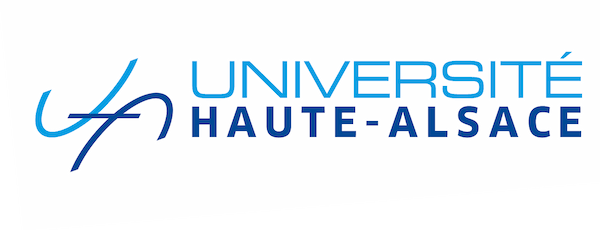Title : The hidden costs of drinking water rationing in water-stressed Mediterranean countries: Evidence from Algeria
Author(s) : Ali ZEGGAGH, Serge GARCIA
Abstract : Water scarcity is a major challenge in many Mediterranean countries, where intermittent water supply and inefficient distribution lead to significant economic and social costs. This paper examines the cost structure of drinking water utilities in Algeria, focusing on the impact of water rationing, network inefficiencies and production constraints. Using a translog cost function estimated with a Cluster-Robust Correlated Random Effects Instrumental Variable (CRE-IV) approach, we analyse the determinants of variable costs and assess network economies such as economies of density and scale, as well as trade-offs in water supply management. Our results indicate the presence of economies of scale in both water production and distribution, with cost elasticities of 0.7415 for production capacity and 0.7904 for distributed volume, suggesting that expanding service coverage can reduce average costs. However, we find strong cost complementarities between water losses and distributed volume, suggesting that utilities often prioritise increasing supply over network maintenance. Furthermore, the interaction between (possibly reduced) service hours and production capacity shows a significant positive effect on marginal costs due to the water availability constraint, highlighting the economic burden of continuous water supply in a context of resource scarcity. By estimating the shadow price of water in situ, we quantify the opportunity cost of water abstraction, and find a value of 18.59 DZD/m3, compared to the estimated marginal cost of 5.77 DZD/m3. This reflects the problem of water scarcity and the inefficiency of current supply strategies. Our findings underscore the need for better resource allocation policies that emphasise network rehabilitation, demand-side management and cost-reflective pricing mechanisms, hence providing important insights for policy makers seeking to improve the efficiency and sustainability of water supply systems in water-stressed regions.
Key-words : Drinking water distribution, water supply interruptions, water scarcity, water losses, cost function, shadow price of water
JEL Classification : C23, C26, D24, L95, Q25






